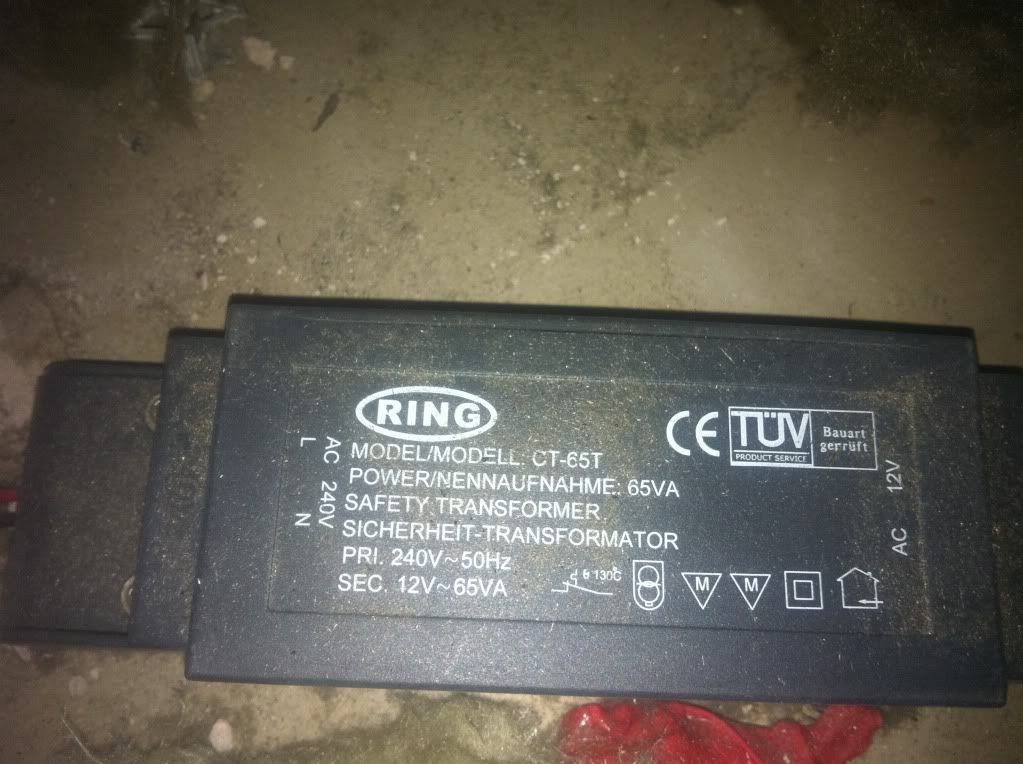That MultiMeter will work just fine for general resistance measurements.
Does it have a buzzer on it? Not absolutely required but its useful for these sorts of applications because it means you don't have to keep staring at the screen. Looking at the picture of it I see that you have a semiconductor test position on it (the little diode symbol) just anti-clockwise one click of the 200hm range setting. Those usually bleep on seeing a low resistance so you could use that setting. Test it by selecting that setting and shorting the leads, should beep!
There are several ways to test lighting circuits but I hope this may be the most appropriate for your circumstances. It is by no means the quickest way but it will provide a systematic method that is safe.
Turn Power Off at the consumer unit, pull the appropriate lighting fuse if there is one. If you have MCBs then switch off the MCB and place tape over it or tape the consumer unit cover shut.
1) First check the bathroom light switch, I am assuming a pullcord in the bathroom or a switch on hallway wall.
a ) Look at where the two wires enter the back of the switch: are they secure
b) remove the wires and place the MM probes into the switch connections.
Flick the switch and see if that registers on the meter (bleep for ON, Over Limit for OFF)
If you have a pullcord (not always easy to take down) then you could perform a similar check by identifying the switch wires at the ceiling rose/junction box and probing those while someone pulls the cord for you.
If that has not identified the problem then:
Have a look at this:
//www.diynot.com/wiki/_media/electrics:lighting:ceilingroses2qs.jpg?cache=cache
1- Switch off the main switch of the consumer unit (CU)
2- Open up the CU
3- Identify the appropriate lighting circuit.
4- Remove the live from the MCB
5- Remove the Neutral from the Neutral block
6- Connect the live and neutral together with a chock block or similar secure method, don't twist them together.
7- Remove all lamps on that entire lighting circuit (if you cant easily remove the lamps then be absolutely sure the switches are in the off position.
8- Go to the bathroom ceiling rose/junction box and probe the feed wires
the ones that come from the CU as shown in the wiki drawing
9- You should now see the short (low resistance) of the live-neutral that you connected together at the CU. If not then using a pair of needle nose pliers gently tug/move one wire at a time. Remember that this particular test is testing only the feed (not the switch wires) you will have tested the bathroom switch & switch wires prior to this point.
10- if this yields no progress then repeat 8 to 9 on the hallway position.
11- if that yields no results then work back to the next position and so on.
Any odd results, uncertainties or problems then come back on here and we'll talk you through it.
Just a note: I am assuming you are reasonably confident with electrical wiring and that you know how to work safe on final circuits and on the consumer unit. Very high risk of injury within a consumer unit so switch it off at the main double pole switch before removing the cover. Stay away from busbars/main switch.



